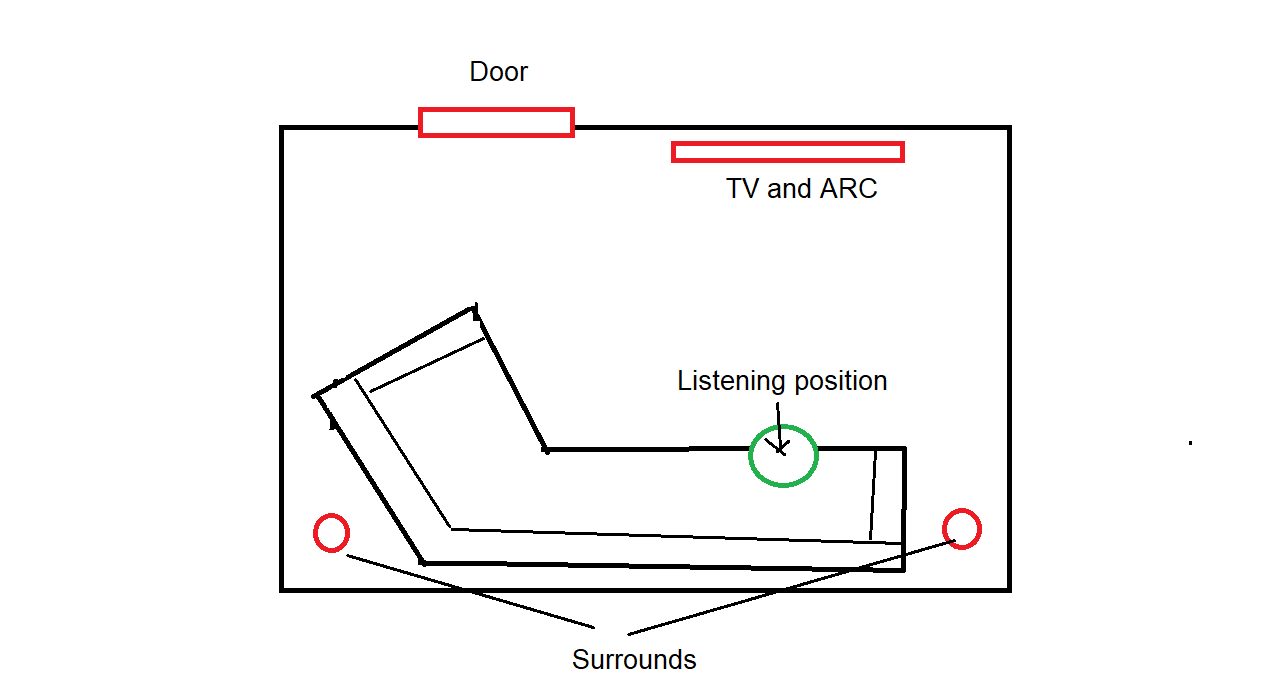Hi,
I just got off the phone with a Sonos Support rep who insisted that Trueplay will not compensate for distance (L/R balance), even in a home theatre system. Is this really the case?
I have an Arc/one:SL/Sub3 5.1 system in which the right surround speaker is slightly closer to the listening position than the left, which makes it sound louder. I've tried tuning with Trueplay multiple times but it does not improve. Curiously enough the "speaker distance" settings with Trueplay off does not seem to make any difference to balance either.
I must say that it seems very weird to me if Trueplay does not compensate for speaker distance and there is no manual way of doing it.


